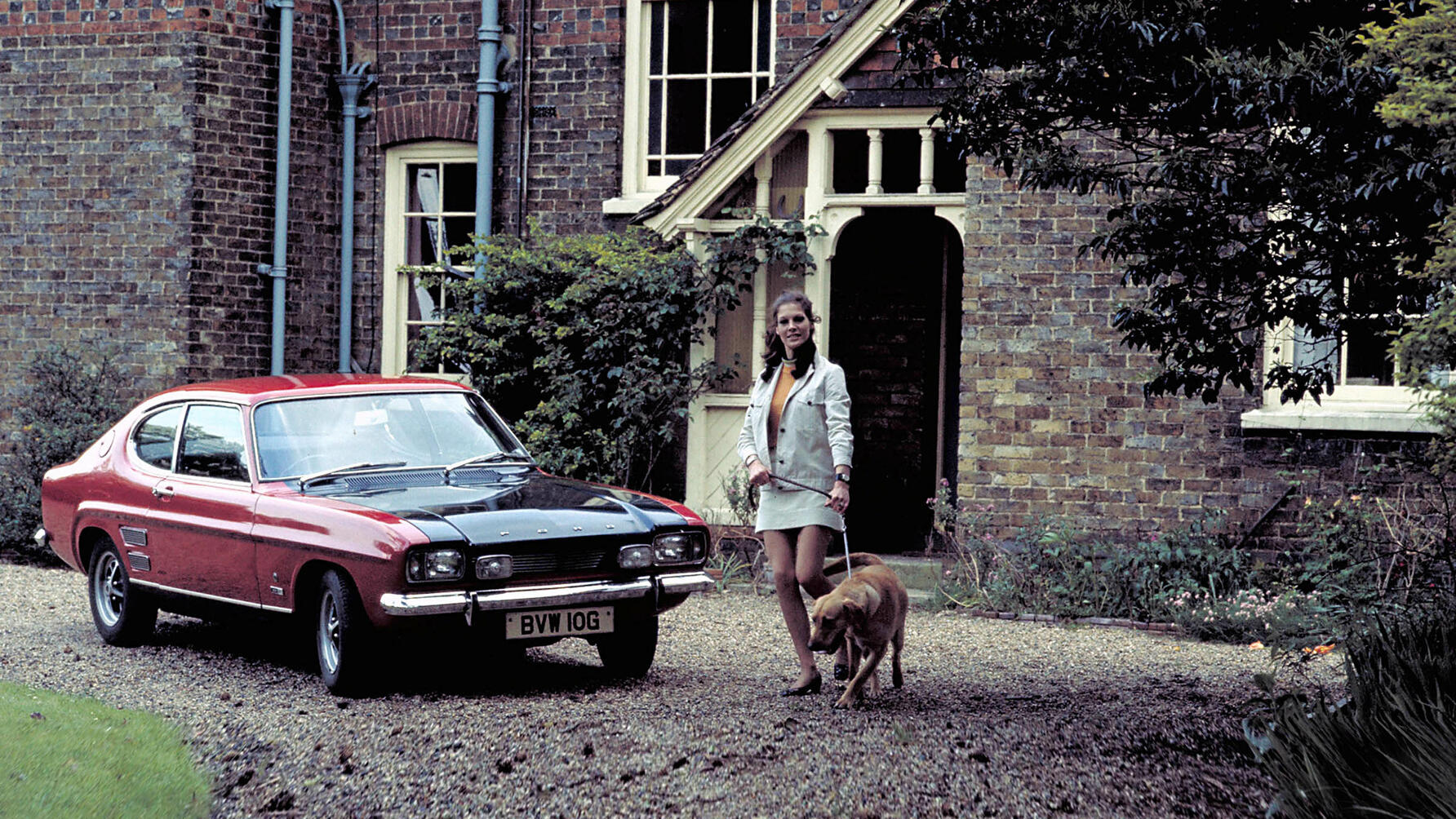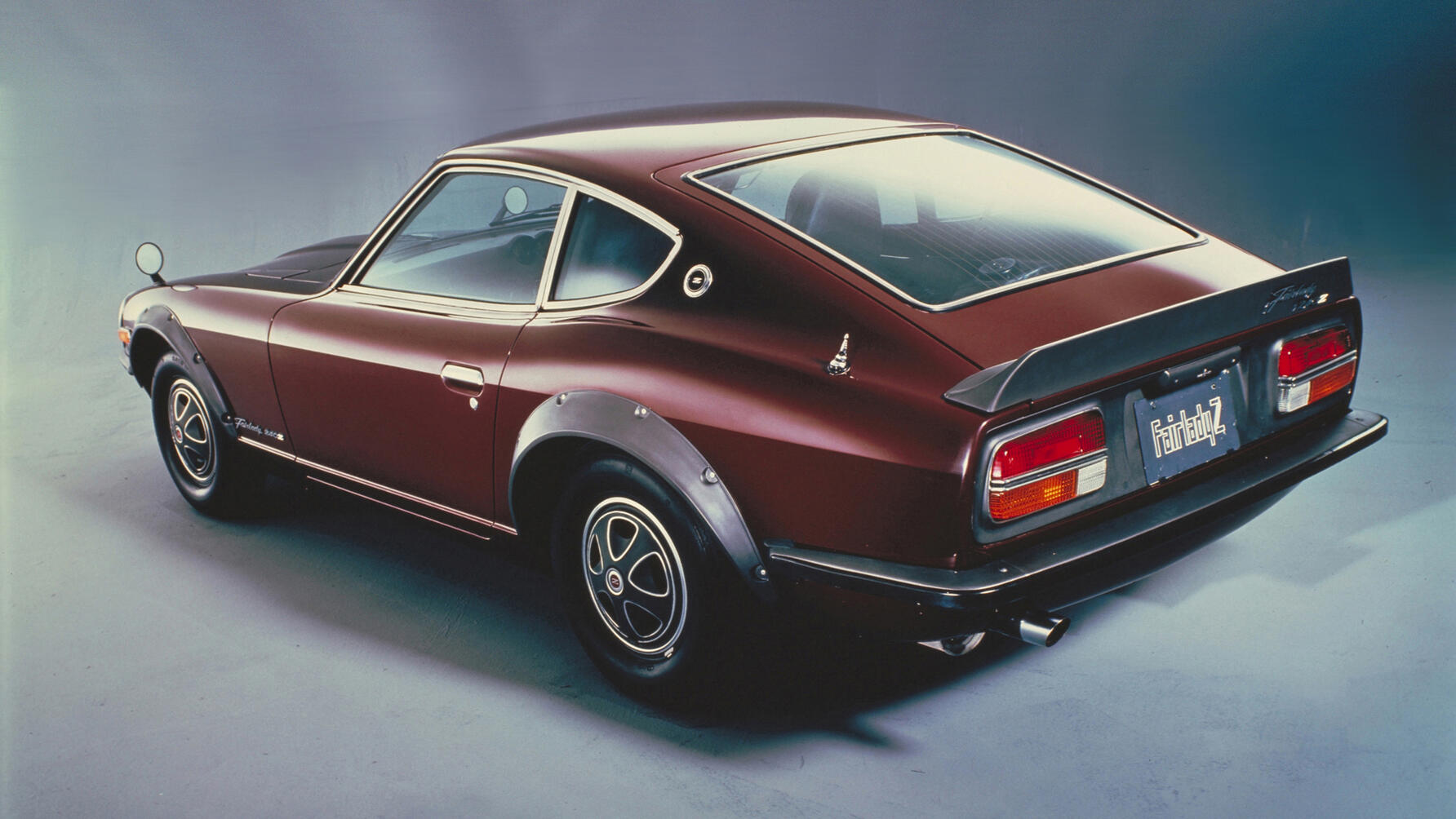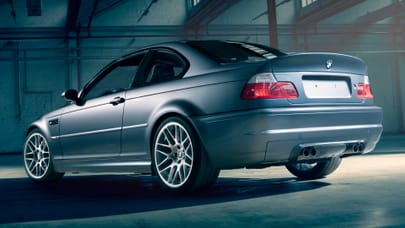
From the archives: TG traces the history of affordable coupes
We throw it back to 2009, when TG mag took a look at the first cars to bring affordable glamour to the masses
The year is 1969. Led Zeppelin release their debut album. The Beatles play their last public performance. The Woodstock music festival proves to be the apotheosis of the Sixties counter-cultural dream. The Stones’ free gig at Altamont speedway four months later sounds its death knell. Mankind lands on the moon. Richard Nixon is elected US President. Ford launches the Capri.
OK, so maybe a new coupe didn’t quite ripple the cultural ‘Force’ as profoundly as ’69’s other big moments. Nor did the Capri mobilise the masses or redefine what was possible in a car, not in the way the Model T, Beetle or Mini had done. But it did signal the start of something that would come to dominate the next 40 years in the European car business: marketing.

This feature was originally published in Issue 191 of Top Gear magazine (2009)
More specifically, the Capri signalled the possibility of self-improvement by car. ‘The car you always promised yourself’ was its advertising strapline. Even if the Sixties had erased the last vestiges of post-war austerity, this was still heady stuff. Only the upper classes or the pop aristocracy could afford to lord it up in the emerging exotica of the time. Now pretty much anyone could have a slice of the dream. Cutting through the fog of marijuana smoke and patchouli oil, the Capri introduced the idea of affordable glamour. It may not have pioneered it, but it universalised the idea of the coupe: the everyman exotic. Though it debuted in January ’69, in many ways the Seventies started here, and with it our curious obsession with the coupe.
The term ‘coupe’ itself actually pre-dates the invention of the car. Meaning ‘to cut’, the earliest coupes were horse-drawn carriages with enclosed bodywork whose rear-facing forward seats had been removed, creating a more intimate, luxurious space for the occupants. Many Thirties and Forties coachbuilders created various coupes in the purest sense of the word – the Bugatti Type 57 Atlantic and Talbot-Lago T150SS are probably the two most breathtaking examples – but the idea only really took hold as a mass-market experiment with the launch of the Mustang in 1964.
Overseen by product manager Donald N Frey in just 18 months, and designed by John Najjar, the original ’Stang wasn’t so much a car, as a lesson in 20th-century economics and marketing. Legend has it that the Mustang was jointly conceived by Ford’s people and the ‘Madmen’ – as seen in the excellent TV series about Madison Avenue’s emerging advertising industry – at J Walter Thompson. This was ‘the car to be designed by you’, ushering in the idea of the extensive, and profitable, options list to an enthusiastic buying public. It wasn’t just available as a coupe, of course. But all Mustang variants had the long-bonnet/short-tail shape that would come to define the coupe’s form language.
Ford’s European wing was certainly paying attention. The Capri, like the Mustang, might have opportunistically recycled an existing platform, parts and engines, but it didn’t matter. What did was that it looked great, and was available in a huge variety of trim levels. It’s hard to believe that anybody would have been seduced by the 57bhp, 1.3-litre L, but the point was that you would be too stunned by the rakish body to notice the spec.
The template was thus established. The coupe was the new king. The muscle car boom triggered a similar, though rather less power-crazed, trend in other territories. Though the rocking-horse-rare mid-Sixties Toyota 2000GT had borrowed heavily off the E-Type coupe to become the first desirable Japanese sports car, it was the Datsun 240Z that offered the most potent demonstration yet of how smart the still nascent Japanese car industry could be. Possessor of arguably the definitive long-nose/short-tail silhouette, powered by a tractable and juicy straight-six engine, and of course rear-wheel drive, the 240Z remains a totem. The car itself may have corroded badly, but its memory hasn’t. This was Japan’s E-Type, but it cost closer to Capri money.

The list of contenders continued to grow: the Opel Manta, Mazda RX-7, Vauxhall Firenza, Toyota Celica at the more affordable end; more esoteric but still hugely desirable cars like the BMW 3.0CSL, Fiat Dino 2400 and Matra Simca Bagheera (three abreast seating!) at the other. The Italians – thanks to the genius of Pininfarina and Bertone – managed to add a more artful quality to the coupe’s machismo, exemplified in cars like the Fiat 130 Coupe, Lancia Gamma Coupe, and the Peugeot 504 Coupe. These were far too sophisticated a proposition for Essex geezers, and you’d have a job getting them sideways on a roundabout, but for true coupe connoisseurs, this was as good as it got.
The 1980s were less kind to the genre. This was partly a fashion thing, but mainly it was because the hot hatch annexed the territory. There were also some terrible pseudo-coupes, and the word became debased by lazy marketeers chasing cheap glamour. Ford killed the Capri in 1986, then tried resurrecting the idea eight years later with the disastrous Probe. A year later, Audi’s TT Bauhaus-inspired concept showed how to do it properly; the production version arrived in 1998, and the UK continues to be its biggest global market. The success of VW’s new Scirocco proves that while this market sector is very fashion-oriented, it simply refuses to die.
Jaguar’s [now ex-] design director Ian Callum is in no doubt why this should be the case. “People will always want good-looking cars, and it’s easier to make a coupe look good than a four-door saloon. It’s a shape that deliberately compromises the idea of function. The coupe consciously emphasises aesthetics over the traditional three-box form. A car moves in the horizontal plane, so a horizontal line is more exciting than a vertical one. Aerodynamics confirm that, but it’s something we respond to instinctively too.”
Callum remembers seeing the original Capri in a Dumfries Ford showroom – “it blew me away”, he says – and remembers the impact it had.
“Suddenly it wasn’t about having a car you transported the family around in. The Capri was a car you bought for yourself. It was an indulgence. It’s a sector I passionately believe in. There’s no car on the planet that can’t be improved by reducing its mass, increasing the rake of its windscreen, or cutting its profile.”
Indulgence, of course, isn’t very politically correct in these recessionary times. But we’ve been here before, as Callum points out.
Top Gear
Newsletter
Thank you for subscribing to our newsletter. Look out for your regular round-up of news, reviews and offers in your inbox.
Get all the latest news, reviews and exclusives, direct to your inbox.
“Is it time for the sackcloth and ashes? I hope not. Actually, we’ve been having lots of discussions about what the right thing to do is. But we have those sorts of discussions decade after decade. The fact is that style and beauty never go out of fashion.”
The Capri may yet return.








